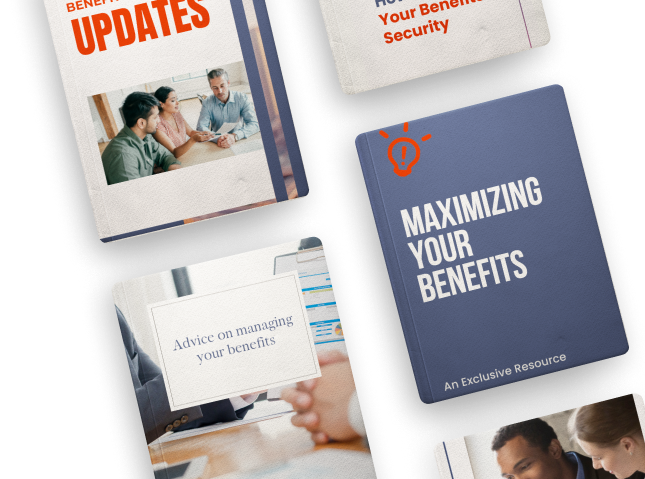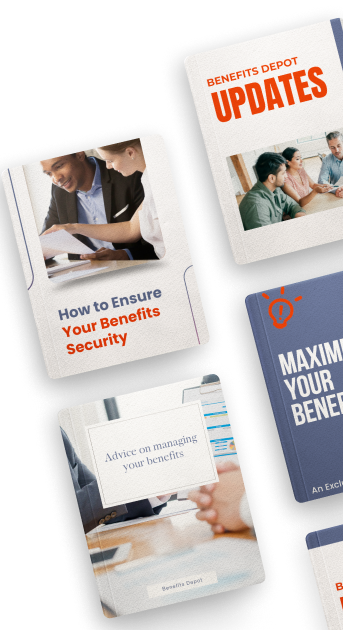Government Assistance Programs: How They Benefit the Community and How to Qualify
Government Assistance Programs are a vital resource for those who need them. Over the years, the number of Assistance Programs has grown, and each provides critical services to help improve the lives of millions of beneficiaries. The beauty is that each Assistance Program meets the situation's specific needs. There are various Assistance Programs available, including the following:
1. Social Security
The government program provides income for retirees, people with disabilities, and survivors of deceased workers. You must have worked and paid Social Security taxes for several years to qualify.
How It Benefits the Community
Social Security provides economic security for millions of Americans. It helps ensure that people who have worked hard and contributed to the Social Security program can retire with dignity.
How to Qualify
You must have worked and paid Social Security taxes for at least 40 credits, about ten years of work. If you are younger than 24, you may need fewer credits. You can earn up to four credits each year, and the money required to get the credit changes as the cost of living increases. In 2020, you needed $1400 to earn one credit. You can check your Social Security Statement to find out how many credits you have and estimate when you will qualify for benefits.
The Application Process
You can apply for Social Security benefits online, over the phone, or in person. What you will need:
- Your Social Security number
- Your birth date
- Your address and phone number
- Your email address
- Your bank or other financial institution's routing transit number if you want direct deposit of your benefit payments
- A copy of your most recent earnings statement (W-21, pay stub, or self-employment tax return)
- Your spouse's birth date and Social Security number if you are applying for spousal benefits
2. Medicare
Medicare is a government health insurance program that provides coverage to individuals 65 years or older. It also covers some younger people with disabilities and people with End-Stage Renal Disease. To qualify for Medicare, individuals must be U.S. citizens or permanent residents who have been lawfully residing in the country for at least five years.
Individuals can qualify for Medicare by working and paying into the Medicare system for at least ten years or meeting certain income and resource requirements. If an individual does not have a work history that would make them eligible for Medicare, they can still qualify by meeting the following requirements:
- Have a limited income and resources
- Be age 65 or older
- Be a U.S. citizen or permanent resident
- Meet residency requirements
If an individual meets the above criteria, they can apply for Medicare by contacting the Social Security Administration.
3. National Flood Insurance Program (NFIP)
The National Flood Insurance Program (NFIP) is a government assistance program that helps protect homeowners, renters, and business owners from the financial devastation that can result from floods. The government offers Flood insurance through the NFIP and collaborates with the federal government.
To qualify for NFIP flood insurance, your community must participate in the program, and you must purchase a policy. If you live in a participating community but do not have an NFIP policy, you are not eligible for federal disaster assistance in the event of a flood.
The NFIP offers two building and content coverage policies. You can purchase both or one. Building coverage protects the structure of your home or business, and content coverage protects your personal belongings.
Contact your insurance agent if you live in a participating community to purchase an NFIP policy. If you don't have an insurance agent, you can find one on the NFIP website. If you have an NFIP policy and a flood occurs, contact your insurance agent immediately to file a claim and provide proof of loss. The NFIP website has more information on the claims process.
4. Noninsured Crop Disaster Assistance Program
The program offers financial assistance to farmers and ranchers who suffer crop production losses due to natural disasters. Assistance is provided through two mechanisms, the Noninsured Crop Disaster Assistance Program (NAP) and the Supplemental Revenue Assistance Payments Program (SURE).
To qualify, producers must have purchased crop insurance or NAP coverage for the crop. Assistance is also available to producers of non-insurable crops, such as fruits and vegetables, who suffer losses from natural disasters. Producers must contact their local USDA Farm Service Agency office to apply for assistance provided through direct payments.
Assistance programs are an essential part of society and benefit everyone. These programs help to improve the overall quality of life for the community. If you or someone you know may benefit from a program, research the options and find out how to apply. They can be a lifesaver, so don't hesitate to take advantage of them.












